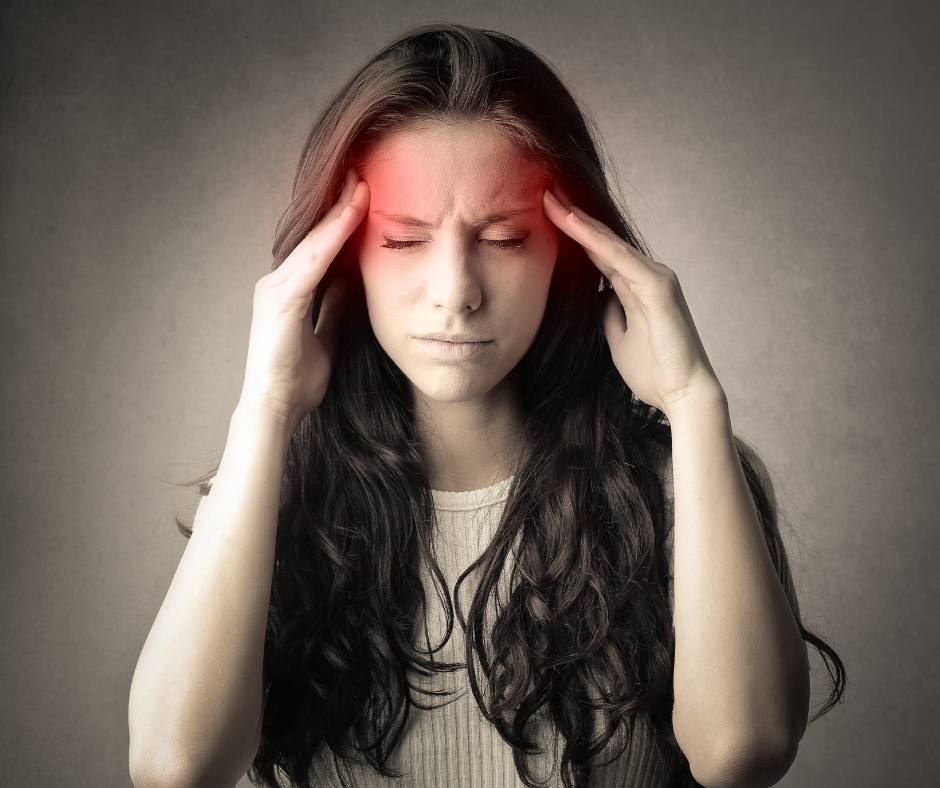Managing Migraine and Headache Pain

Experiencing regular headaches or migraines can be a source of frustration and discomfort, leading one to wonder about the underlying causes. These types of head pain can be influenced by a multitude of factors, both internal and external, that contribute to their development and recurrence.
This month, we are exploring pain treatment options for headaches and migraines. Keep reading to discover how Pain Treatment Centers of America can assist in evaluating your specific type of headache and creating a tailored treatment plan to alleviate the associated pain.
Understanding Pain Caused by Headache
The specific cause of your type of headache can vary depending on a variety of factors. Some common causes of headaches include:
- Tension: Stress, poor posture, or muscle tension in the neck and shoulders can lead to tension headaches.
- Dehydration: Not drinking enough water can cause dehydration, leading to headaches.
- Sinus congestion or infection: Inflammation and pressure in the sinuses can result in sinus headaches.
- Eyestrain: Prolonged use of digital devices or reading in poor light can strain the eyes and lead to headaches.
- Hormonal changes: Fluctuations in estrogen levels, such as during menstruation, pregnancy, or menopause, can trigger hormone headaches.
- Poor sleep or changes in sleep patterns: Lack of sleep or disrupted sleep can contribute to headaches.
- Caffeine withdrawal: Abruptly reducing caffeine intake can cause withdrawal symptoms, including headaches.
- Certain foods and drinks: Consuming trigger foods like processed meats, aged cheeses, alcohol, or artificial sweeteners can result in headaches for some individuals.
- Weather changes: Barometric pressure changes, temperature fluctuations, or high humidity can trigger headaches in some people.
It's important to identify and address the underlying cause of headaches to effectively manage and prevent them. If headaches are chronic, severe, or interfering with daily activities, it's advisable to seek medical evaluation to determine the underlying cause and appropriate treatment.
What are the Different Kinds of Headaches?
Different types of headaches exist, and ways to mitigate the headache vary depending on the type. Here are common types of headaches and how to treat them:
Tension Headaches
Tension headaches can be triggered by stress, poor posture, eye strain, or muscle tension in the neck and shoulders. The underlying causes need to be addressed to address tension headaches. For stress reduction, practice relaxation techniques including deep breathing, meditation, or yoga. Improve posture and ergonomics by being mindful when working at a desk or using electronic devices. Incorporate regular stretching exercises to relieve muscle tension in the neck and shoulders.
Migraines
These intense, throbbing headaches are often accompanied by nausea, sensitivity to light and sound, and visual disturbances. They can be triggered by various factors, including hormonal changes, certain foods, lack of sleep, stress, or environmental factors. To manage migraines, keep a diary that notes the foods you eat and hours of sleep you get to identify triggers and patterns. Maintain a regular sleep schedule and prioritize adequate rest as well. If you notice that certain foods or drinks, such as processed meats, aged cheeses, caffeine, and alcohol, cause headaches, do your best to avoid them.
Cluster Headaches
This type of headache can occur in cycles or clusters. You may often feel it in different sections of your head, while other parts of the head are otherwise unaffected. Cluster headaches can last from a short period to about three hours.
Sinus Headaches
If you suffer from chronic allergies or are suffering from a cold or the flu, you may experience a sinus headache. This type of headache can cause pain and pressure in the forehead, cheeks, and eyes.
What is the Difference Between a Migraine and a Headache?
Headaches and migraines are both types of head pain, but they differ in several key ways. A headache is a general term used to describe any pain or discomfort in the head, scalp, or neck region. Headaches can range from mild to severe and can be caused by various factors such as stress, tension, dehydration, or sinus congestion.
On the other hand, migraines are a specific type of headache characterized by recurrent, severe throbbing pain, typically on one side of the head. Migraines are often accompanied by other symptoms such as nausea, vomiting, sensitivity to light and sound, and aura (visual disturbances or other sensory changes). Migraines are believed to be a neurological condition involving abnormal brain activity, and they can significantly impact a person's quality of life.
While headaches can usually be managed with over-the-counter pain relievers and lifestyle changes, migraines often require specific treatments such as prescription medications, lifestyle modifications, and trigger identification. Migraines tend to be more debilitating and can last for hours to days, whereas headaches may be more short-lived and less severe. It is essential to differentiate between headaches and migraines for proper diagnosis and appropriate treatment.
Pain Treatment for Headache at PTCOA
At Pain Treatment Centers of America, our team of experts is dedicated to helping you manage your pain, including headaches. Find a clinic closest to you and contact us to schedule an appointment.













